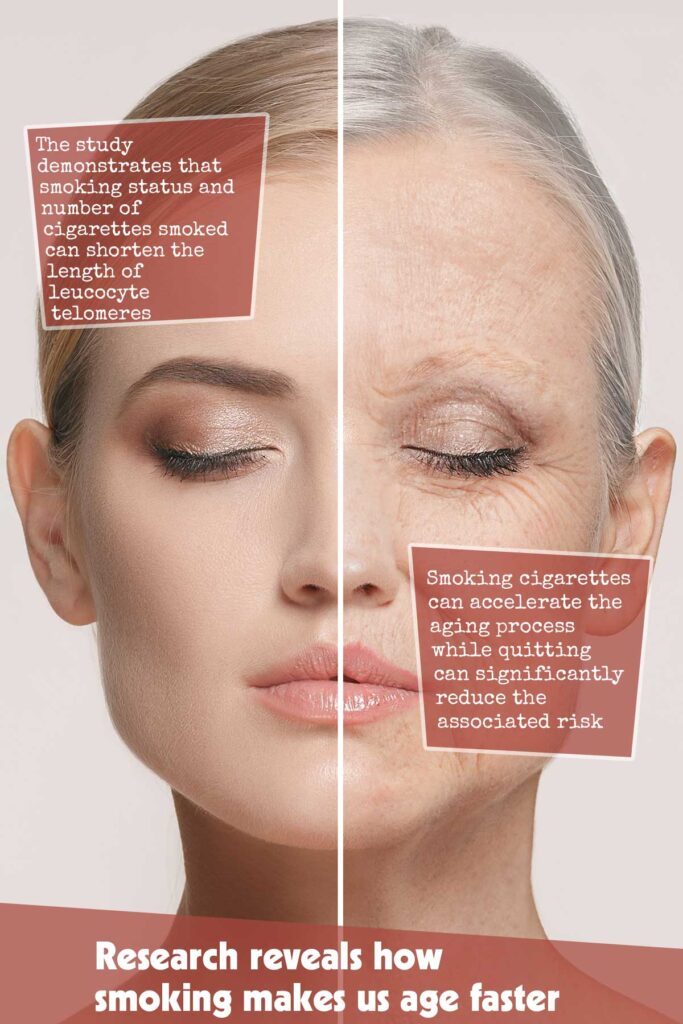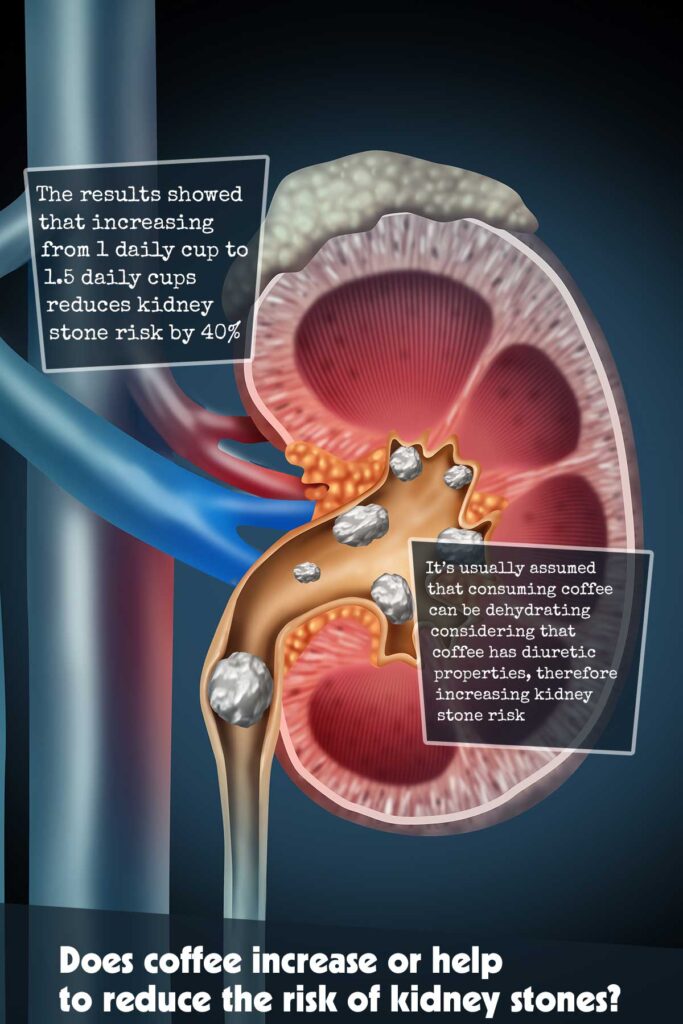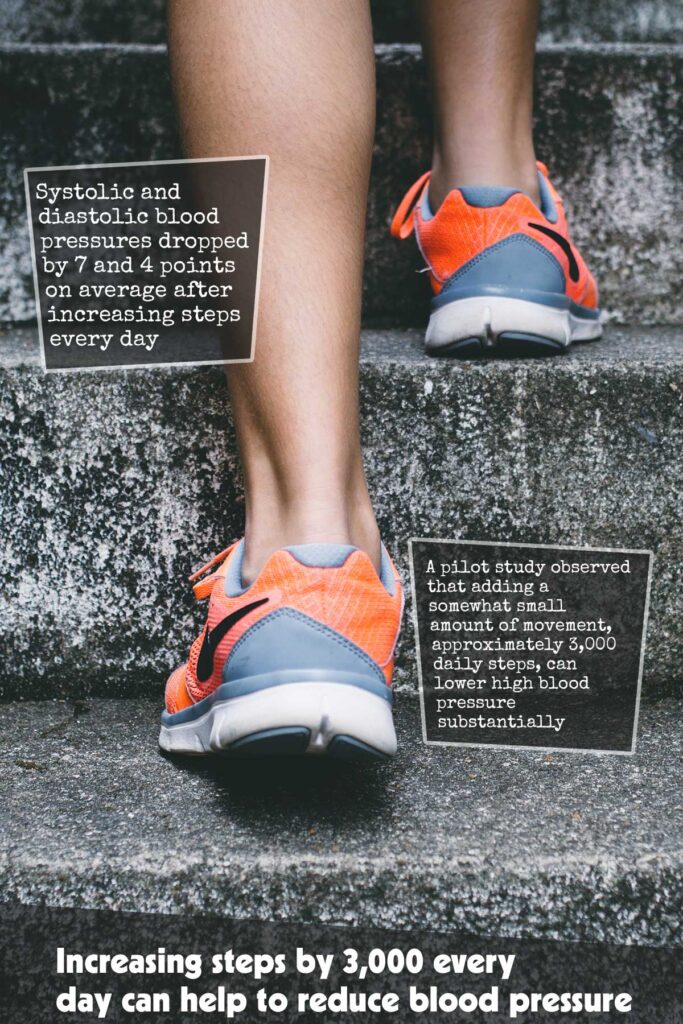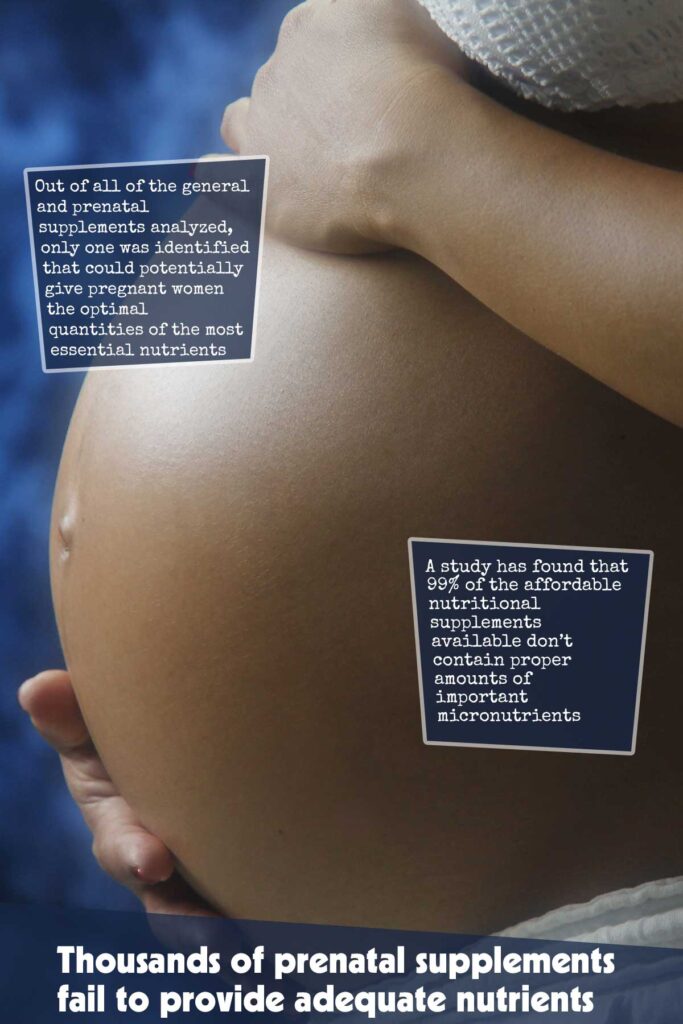How Effective Is Icing an Injury for Promoting Muscle Regeneration?
The application of ice to an injured muscle is a common first aid solution, but what impact does this have on the regeneration of muscle exactly and does it actually help? A study shows that the application of ice can depend on the extent of the injury. DOI: 10.1152/ajpregu.00258.2022 RICE (Rest, Ice, Compression, and Elevation) is a popular method for the treatment of the sports injury’s acute phase. Various steps can subsequently be followed to treat the injury later on. There’s however not much evidence on the benefits of icing and opinions differ on whether icing ought to be applied or not. The researchers have conducted several studies to look into the efficacy of icing. No prior animal studies have however suggested that muscle regeneration is promoted by icing. For this study, they focused on changing the muscle injury’s severity in the tests. The reasons behind this were that most muscle injuries related to sports are limited; for example, less than 10% of the total number of muscle fibers known as myofibers are necrotized and damaged. All animal studies so far have however considered more severe injuries where more than 20% of the myofibers had been damaged. So, the researchers created a mildly injured muscle animal model and tested the application of ice following injury making use of a similar method as used before. An injury affecting 20% of the total muscle fibers was induced in their previous studies. They induced an injury affecting 4% of the fibers for the current study. This is a similar degree of injury that often takes place following sports activities which include long-distance running or vigorous exercise. Icing was done by applying polyethylene ice bags on the skin surface for three daily 30-minute sessions 90 minutes apart. This was carried on until 2 days following injury for 9 icing sessions in total (i.e. 3 sessions immediately following injury, 3 sessions one day following injury, and 3 sessions two days following injury). The icing method was identical to that used in the prior study. Significant variations were observed between the icing group and the non-icing group in regeneration of fiber size in muscle cross-sections that were regenerating 2 weeks following injury. This means that icing possibly promoted the regeneration of skeletal muscle. Macrophages are immune cells orchestrating the process of repairing muscle that has been injured. There’s an accumulation of pro-inflammatory macrophages in the area that’s been damaged shortly after injury takes place, they however express nitric oxide synthase that has a detrimental side-effect of increasing the injury’s size. The results showed that the accumulation of nitric oxide synthase-expressed pro-inflammatory macrophages following mild muscle injury is reduced with icing. By creating this phenomenon, icing helps prevent size of the muscle injury increase. This means that pro-inflammatory macrophage recruitment is attenuated in the injury area by icing. This was also observed in their prior study, showing that this is an effect due to icing irrespective of whether it’s a mild or severe muscle injury. In the prior study, icing was seen to delay muscle regeneration following a serious injury destroying numerous fibers because the pro-inflammatory macrophages weren’t able to adequately phagocytose (surround and remove damaged tissue) the injured muscle. In comparison to this, it’s demonstrated in the current study that icing has a positive impact on mild muscle injuries since it prevents the muscle injury’s secondary expansion induced by the pro-inflammatory macrophages. It indicates that this specific effect of icing is associated with muscle regeneration promotion. This study has revealed that muscle regeneration can be promoted with icing when used to treat mildly injured muscles. This however doesn’t mean that icing is an effective treatment for all kinds or degrees of muscle injuries. For instance, the researcher’s prior study revealed that icing inhibited muscle regeneration in cases of severe muscle injury. Source link
How Effective Is Icing an Injury for Promoting Muscle Regeneration? Read More »










